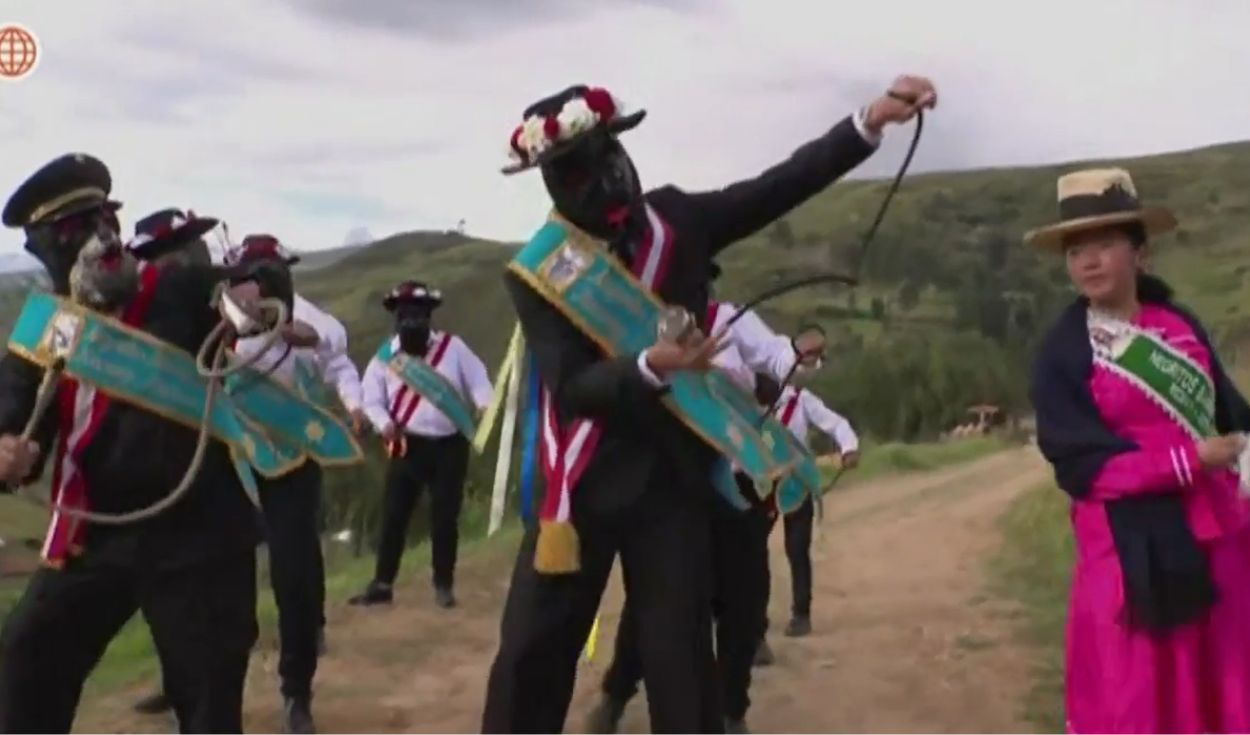This leaflet image released by the ESRF on October 21, 2021 shows a scan of a dinosaur egg discovered in Patagonia, Argentina – ESRF/AFP
The social behavior of large dinosaurs has helped to extend their dominance, according to a study based on discoveries in Patagonia of a colony of fossils more than 200 million years old.
150 million years ago, the undisputed kings of the animal world were the sauropods, giant herbivores that weighed between eight and sixteen tons and measured between 15 and 20 meters.
“We knew that sauropods were social animals, but we didn’t know anything about their ancestors,” explains Argentine Diego Pol, from the Egidio Feruglio Paleontological Museum, in Patagonia.
The study published on Thursday (21) in Scientific Reports confirms that the ability to live in groups already existed 40 million years before that observed in other species and that it “may play a role” in the success of sauropods in colonizing temperate zones .
The research team focused their excavations on Laguna Colorada, in southern Argentina, where large numbers of skeletons of descendants of Mussaurus patagonicus were discovered in the 1970s.
And they found 192-million-year-old fossils of 69 dinosaurs of all ages, from embryos to adults, as well as more than 100 fossilized eggs.
“Two nesting sites were already known, in South Africa and China, at about the same time, but they didn’t give us any additional information” about their inhabitants, explains Pol. “Many animals occupy the same nest without social interaction”, explains, using the example of sea turtles.
But the analysis of Laguna Colorada changes the whole scenario, according to the paleontologist, because it shows “that it was not just a nesting colony, but that these animals spent a good part of their existence together”.
To prove this, it was first necessary to know if the eggs were related to the skeletons found. A chance meeting with French paleontologist Vincent Fernández, who worked in 2004 at the European Synchrotron Radiation Laboratory (ESRF) in Grenoble (eastern France), was of decisive importance.
The Grenoble ESRF X-ray has an intensity “billions of times greater than that of an industrial scanner,” Fernández told AFP. Along with Diego Pol they had the right to use it for four days with 30 eggs. And there they saw something that would have been undetectable under the layers of the fossilized egg: “the bones appeared as if by magic.”
The study of these eggs, which measured just a few millimeters, revealed that “they belonged to Mussaurus patagonicus”, explains Pol.
And this species “had a very complete social structure”, adds the paleontologist. They were segregated by age, something that is still observed today in large herbivore herds.
Paleontologists thus found clustered skeletons of young, even newborns, and further away, a group of 11 young dinosaur skeletons, “against each other, in a resting position,” says Pol, who believes they died in a moment of drought.
See too
+ How podcasts can help Brazilians’ financial education
+ Mystery: woman discovers that she is not the biological mother of her own children
+ Lemon-squeezing trick becomes a craze on social media
+ Chef playmate creates aphrodisiac recipe for Orgasm Day
+ Mercedes-Benz Sprinter wins motorhome version
+ Anorexia, an eating disorder that can lead to death
+ US agency warns: never wash raw chicken meat
+ Yasmin Brunet breaks the silence
+ Shark is captured in MA with the remains of youngsters missing in the stomach
+ See how much it costs to eat at the MasterChef judges’ restaurants
+ Auction of cars and motorcycles from Kombi to Nissan Frontier 0km
#sociability #great #dinosaurs #helped #evolution #ISTOÉ #MONEY







